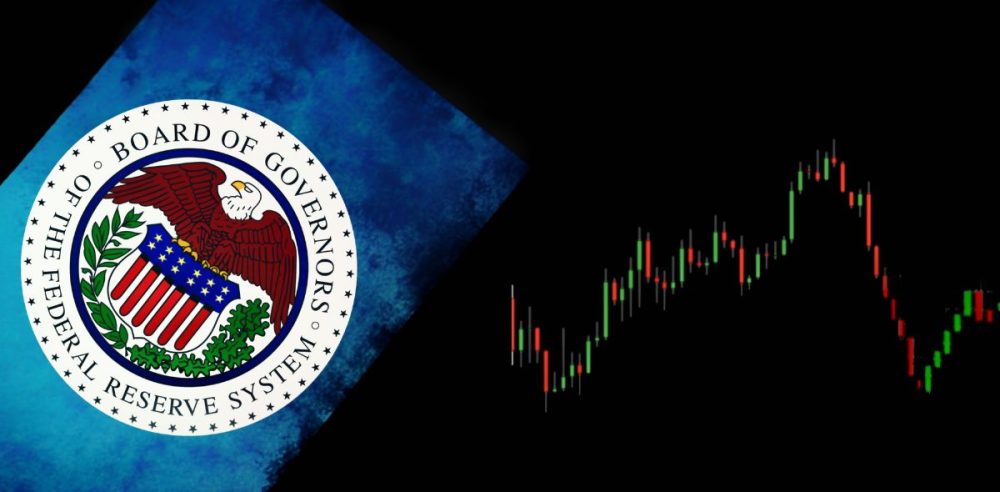Jerome Powell, chair of the Federal Reserve of the United States, emphasized the importance of public comprehension for effective monetary policy in his recent remarks at the Society for Advancing Business Editing and Writing Annual Conference, Arlington, Virginia.
He acknowledged the critical role of journalists in fostering this understanding and engaged the audience by inviting questions. Before addressing inquiries, Powell provided a concise overview of the current economic landscape and the Fed’s monetary policy initiatives.
Powell reiterated the Fed’s commitment to its dual mandate of maximizing employment and ensuring price stability. Despite increased uncertainty and potential risks, Powell stated that the economy is still performing well. Recent data indicate robust growth, a balanced labor market, and inflation levels that, while still above the target, are trending closer to the Fed’s 2 percent goal.
Powell noted that, following a period of strong economic performance, forecasts predict a slight slowdown in growth this year. Preliminary first-quarter GDP figures are awaited, but existing data suggest a steadier, albeit slower growth outlook. While hard data paints a picture of stability, surveys reveal increased caution and uncertainty among households and businesses, influenced by recent federal policy changes, notably in trade. The Fed is closely monitoring this balance between hard and soft data as the implications of these policies become clearer.
On the labor front, the job market shows stability with the unemployment rate at 4.2 percent, consistent with its low range since last year. The economy added an average of 150,000 jobs per month in the first quarter, underlining a balance between low layoffs and a gradual deceleration in job growth.
In terms of inflation, Powell reported a significant decrease from the heights seen during the pandemic, with no major spike in unemployment. However, the pace of progress toward the 2 percent inflation target has recently moderated. Total personal consumption expenditures (PCE) prices rose by 2.5 percent year-over-year through February, with core PCE prices rising 2.8 percent. The anticipated effects of increasing tariffs might raise inflation in the near future, although longer-term inflation expectations remain stable and aligned with the Fed’s target.
Turning to monetary policy, Powell outlined the elevated uncertainty caused by new government initiatives in trade, immigration, fiscal policy, and regulation. While the Fed does not comment on these policies, it evaluates their potential economic impact, informing its monetary policy decisions to meet its dual mandate.
He also highlighted the complexities surrounding the assessment of tariff impacts—uncertainties include the specifics of the tariffs and potential retaliation from trade partners. While short-term inflation may rise due to tariffs, the Fed is focused on ensuring that this does not lead to ongoing inflationary problems.
The Fed will continue to monitor incoming data and adjust its approach as necessary, remaining open to future policy changes.


